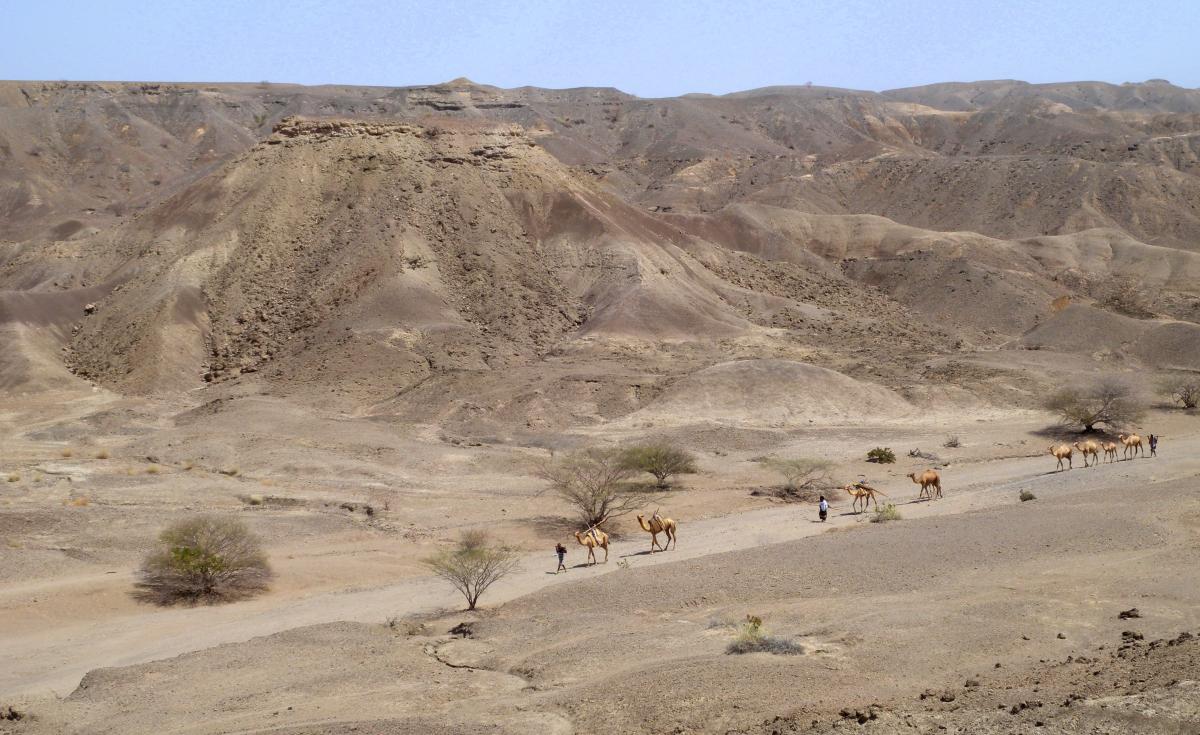A fossil lower jaw found in the Ledi-Geraru research area, Afar Regional State, Ethiopia, pushes back evidence for the human genus — Homo — to 2.8 million years ago, according to a pair of reports published online in the March 5 issue of Science The jaw predates the previously known fossils of the Homo lineage by approximately 400 thousand years. It was discovered in 2013 by an international team led by Arizona State University scientists.
For decades scientists have been searching for African fossils documenting the earliest phases of the Homo lineage, but specimens recovered from the critical but poorly known time interval between 3 and 2.5 million years ago have been frustratingly rare.
The new hominin fossil includes the left side of the lower jaw along with five teeth. Analysis revealed advanced features that place the new fossil closer to early species on the Homo lineage, such as Homo habilis at 2 million years ago, than to older and more apelike Australopithecus like the famous 'Lucy' from the nearby site of Hadar. “The Ledi jaw helps narrow the gap between Australopithecus and us,” says William H. Kimbel (ASU), one of the scientists who analyzed the jaw. “It’s an excellent case of a transitional fossil in a critical time period in human evolution.”
Museum für Naturkunde scientist Faysal Bibi was part of the team that analyzed the fossil remains found with the hominin jaw. In the companion paper led by Erin DiMaggio (Pennsylvania State University),studies of the sedimentary rocks and the diverse fossil animals found at Ledi-Geraru provided indications of the age and environment of the hominin discovery. DiMaggio and colleagues, found that the environment was dominated by species that lived in fairly open (grass or shrub covered) habitats. "There is a great increase in the proportion of species tolerant of dry conditions at Ledi-Geraru, compared to those at the older, Lucy-age site of Hadar," says Bibi, who analyzed many of the animal fossils.
"It’s still too soon to say that this means climate change is responsible for the origin of Homo," says Kaye Reed (ASU), "We need a larger sample of hominin fossils, and that’s why we continue to come to the Ledi-Geraru area to search.”
CONTACT INFORMATION ON DAY OF RELEASE
Faysal Bibi (Museum für Naturkunde, Berlin): +49 (0)30 2093-8546; faysal.bibi(at)mfn-berlin.de
